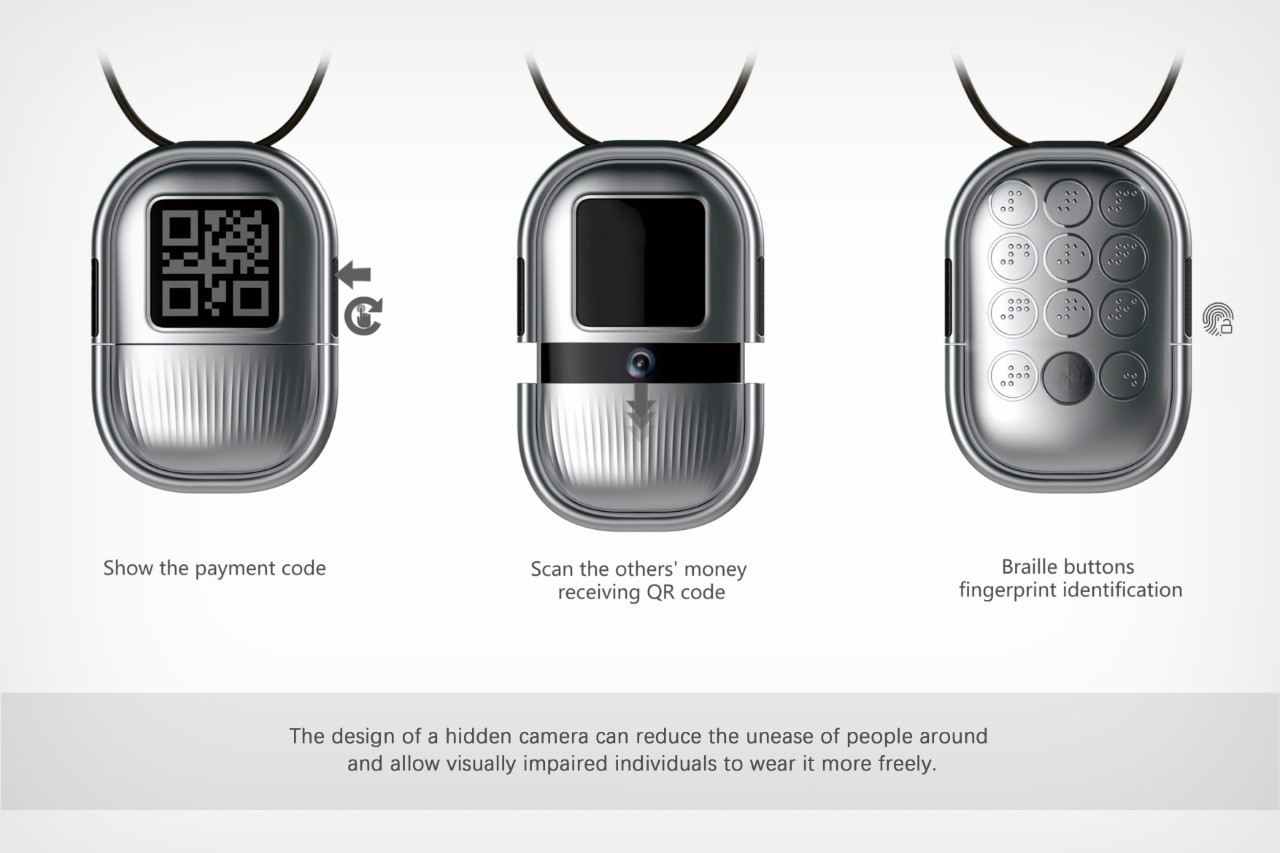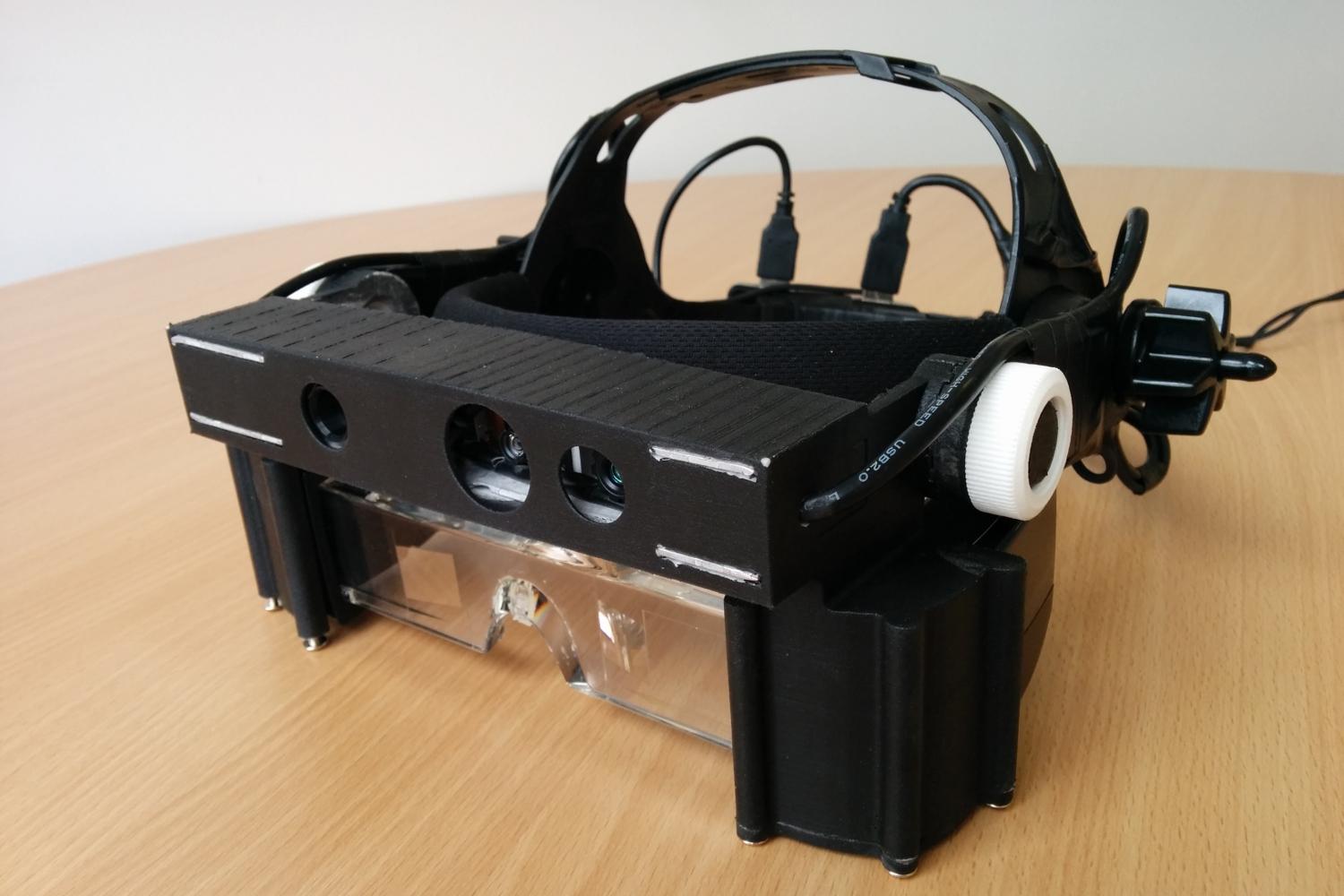Voice-Activated Assistive Devices: Enabling the Visually Impaired
Voice-Activated Assistive Devices: Enabling the Visually Impaired
Blog Article
Empowering Freedom With Assistive Technology for the Blind
The assimilation of assistive modern technology into the lives of individuals with visual impairments stands for a substantial improvement in advertising independence and self-sufficiency. From ingenious screen readers to innovative wise walking canes, these tools not just enhance day-to-day navigation and communication but additionally empower users to engage meaningfully in numerous elements of life. As we discover the myriad benefits and real-world applications of these technologies, it becomes essential to examine the hidden variables that add to their performance and the capacity for future growths in this essential area.
Overview of Assistive Innovation

The advancement of assistive technology is based in principles of inclusivity and empowerment. Technologies in software application, hardware, and sensory improvements provide customers with alternatives customized to their certain needs. From display readers that convert message to speech, to tactile tools that communicate details through touch, these tools transform the means individuals engage with their environments.
Along with sensible applications, assistive technology fosters better social inclusion and engagement in numerous sectors, consisting of education and learning and employment (Wearable technology for low vision). As r & d continue to develop, the capacity for assistive modern technology to better improve the lives of aesthetically damaged people continues to be appealing, leading the way for a much more equitable culture where everybody can prosper
Sorts Of Assistive Gadgets
A range of assistive devices have actually arised to sustain individuals with aesthetic problems, each created to satisfy details needs and boost day-to-day performance. These gadgets vary from low-tech options to modern innovations, supplying diverse options for users.
Low-tech tools consist of magnifiers and large-print products that aid in reading and writing. Braille tools, such as Braille slates and stylus pens, allow tactile reading and interaction. Positioning and flexibility aids, like white walking sticks, assist individuals browse their setting safely.
On the higher end of the spectrum, electronic magnification systems and display readers supply considerable assistance. Digital magnifiers allow individuals to enlarge message and images on displays, while display visitors convert digital content right into synthesized speech, promoting access to details on computers and smart devices.
Smart device applications also play an essential role, providing attributes like text acknowledgment and navigating help. Wearable innovation, such as clever glasses outfitted with enhanced reality, is becoming an appealing device to improve situational awareness.
Benefits of Assistive Technology
The combination of assistive technology considerably improves the high quality of life for individuals with visual disabilities. These modern technologies encourage customers by advertising self-reliance, allowing them to navigate their environments better and do day-to-day jobs with better simplicity. As an example, screen viewers and magnification software allow individuals local optometrist to gain access to electronic information, fostering specialist and educational chances that may have formerly run out reach.
Moreover, assistive tools such as smart canes and GPS applications supply real-time navigating aid, boosting mobility and security. This raised freedom not just boosts self-confidence yet additionally urges social involvement, permitting individuals to get involved more fully in their areas.
Assistive modern technology additionally helps with interaction, assisting users get in touch with others through voice acknowledgment and text-to-speech applications. This capacity is vital for keeping connections and accessing essential details.
In addition, the customization choices readily available with numerous assistive technologies ensure that users can customize gadgets to their particular needs, even more enhancing use and performance. On the whole, the benefits of assistive innovation for individuals with aesthetic disabilities are extensive, advertising an extra inclusive society where everyone can pursue their goals and goals.
Study and Success Stories
Highlighting the transformative effect of assistive technology, countless study show exactly how individuals with visual check out this site disabilities have actually successfully integrated these tools right into their every day lives. One engaging instance involves an university student who used display reading software program to browse online resources and academic products effectively. This technology not just facilitated her education however likewise enhanced her confidence in taking part in conversations and team jobs.
An additional situation research study includes an expert who employs a smart device application made for navigating and object recognition. By using this app, he has restored autonomy in both his personal and workplace, allowing him to commute independently and engage with colleagues better.
Additionally, a retired person shared her experience with braille e-readers, which enabled her to access a large selection of literary works and stay linked with her neighborhood through publication clubs.
These success tales emphasize the critical duty of assistive technology in fostering independence, enhancing quality of life, and advertising social combination for individuals with aesthetic problems (Voice-activated assistive devices). By accepting these innovative devices, individuals can get rid of challenges and confiscate chances that add to their professional and individual fulfillment

Future Fads in Assistive Modern Technology
Innovation in assistive technology is positioned to redefine the landscape of support for individuals with visual impairments. Arising patterns highlight the assimilation of expert system (AI) and equipment discovering, which improve the performance of tools that help with navigation and information accessibility. As published here an example, AI-driven applications are currently qualified of translating visual information in real-time, allowing individuals to engage with their setting a lot more separately.
Furthermore, the growth of wearable technology is progressing quickly. Smart glasses outfitted with augmented truth (AR) can provide audio descriptions of surroundings, changing exactly how customers communicate with public rooms. These devices not just promote autonomy however additionally foster social incorporation.
Furthermore, the Net of Points (IoT) is making homes smarter, enabling for seamless connection between everyday appliances and assistive devices. This connection equips users by making it possible for voice-activated controls and automated feedbacks tailored to individual requirements.
Conclusion
In conclusion, assistive innovation plays a crucial duty in encouraging individuals with visual impairments by enhancing their self-reliance and interaction with their surroundings. The varied series of tools and applications readily available not just assists in navigating and interaction yet additionally advertises social assimilation and possibilities for expert and personal growth. As developments continue in this field, the potential for boosting the top quality of life for those with aesthetic impairments will certainly broaden, promoting greater autonomy and empowerment.

Report this page